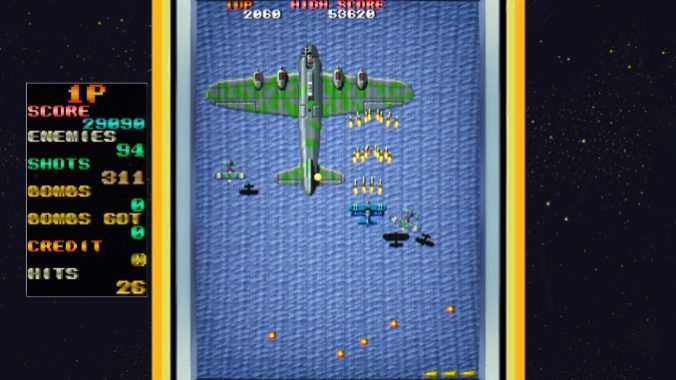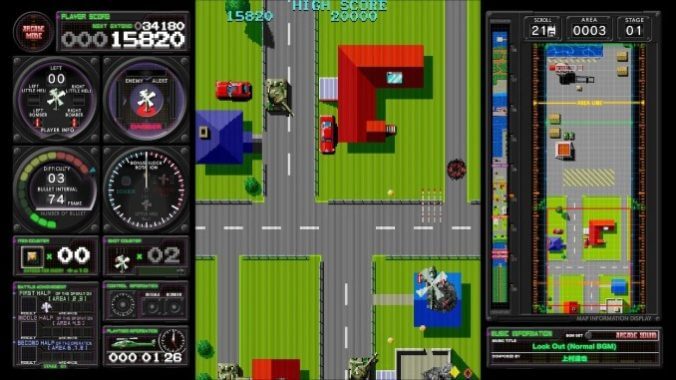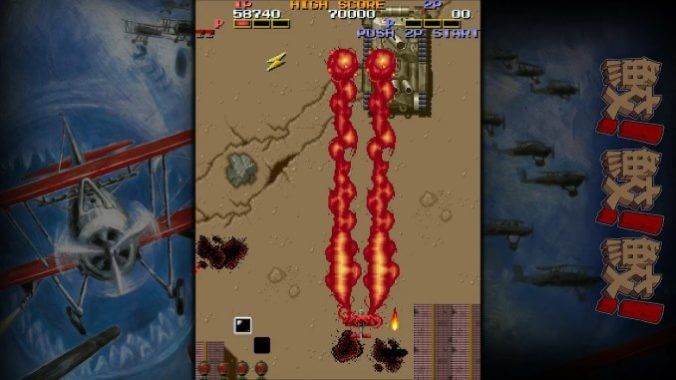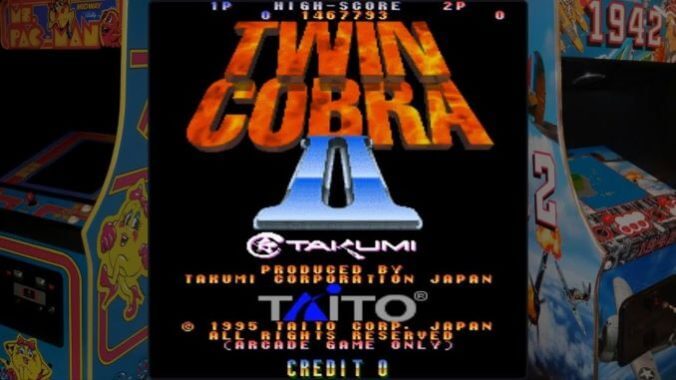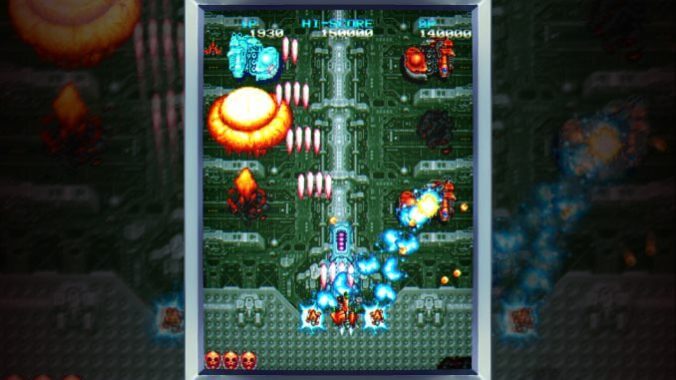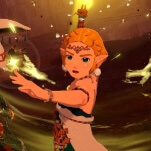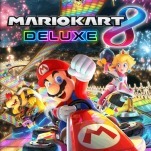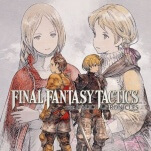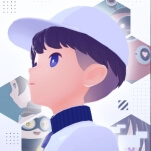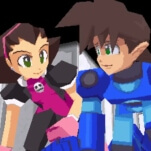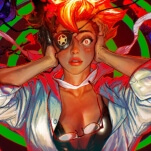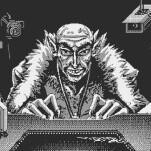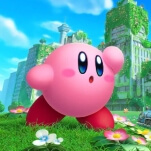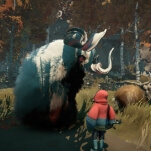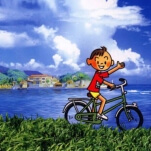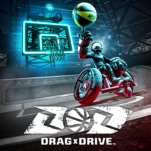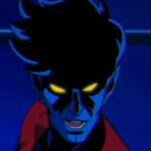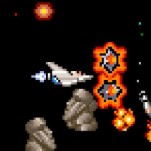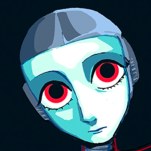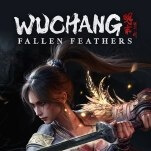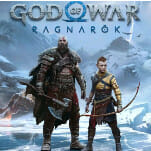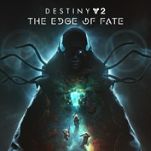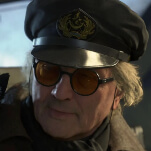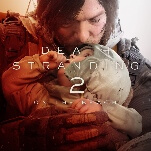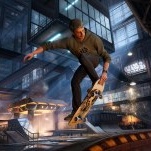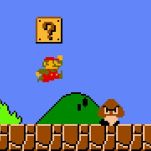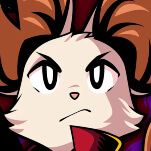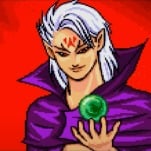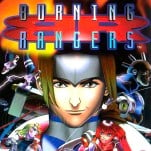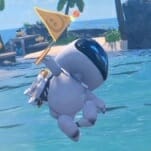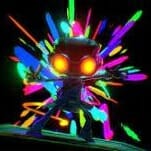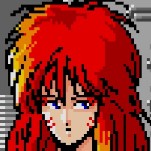Every Toaplan Shoot ‘Em Up, Ranked

30 years ago, one of the most important arcade studios closed its doors due to bankruptcy. Toaplan formed in 1984 out of the ashes of a couple of bankrupt studios, but unlike their predecessors they lasted for an entire decade, and in that time managed to make not one but (at least) two of the most influential shooting games ever. Oh, and another dozen STG, besides, most of them landing somewhere between great and great. Out of the ashes of Toaplan arose Gazelle, Takumi, Raizing, and Cave, so the sway of this studio and its ideas survived its death: the first two of those made some good to wonderful shooters of their own, and the latter two, well, they’re Raizing and Cave, two development houses who could have their own fancy Paste shoot ‘em up rankings someday.
Anyway, ranking is what we’re here to do: Toaplan developed 14 shoot ‘em ups in a decade, and closed their doors while working on a 15th and an arrangement of number 14. As both of those ended up releasing posthumously, finished at the hands of ex-Toaplan devs, we’ll include those here as Toaplan for our purposes.
A housekeeping note: the Japanese version of Toaplan’s games were basically always the superior one, as they were designed in a very specific, intentional way that was often changed for western audiences. The western releases are fine, of course, they just tend to be slightly worse, and a little less Toaplan. So, names will be used per the regional version of the game being described, not interchangeably. It will matter!
A consumer note: nearly every Toaplan shoot ‘em up is available for purchase somewhere right now, since M2 and Bitwave Games are both converting the lot of them for home consoles (Switch, Playstation 4) and Windows, respectively. The M2 releases, however, are available only via importing, whether physical or digital, unless Limited Run Games steps up for the entire Toaplan Arcade Garage run. They’re the definitive versions of these games and worth it, if you’re an aspiring sicko who also wants access to every console port of these games on top of the arcade ones and also the rest of Toaplan’s (non-eroge) library to boot. If you just want a good, accurate version of their shooting games with some quality of life features added in, the Bitwave releases will suit you fine, and cost less, too.
Or you could get both. No one is stopping you, especially not me.
15. Vimana
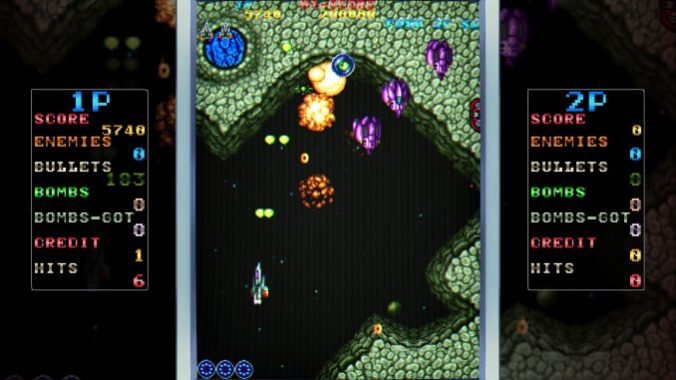
System: Arcade
Year: 1991
Availability: Windows
Vimana represents one of Toaplan’s only misses in the vertical space. Maybe their lone one, depending on your tastes. And yet, you can pretty easily find shoot ‘em up message board users who will claim it as one of their favorites, if not their favorite, so that should tell you something about Toaplan’s abilities there. I’m not on board, though. Vimana has a killer look, as it draws from Hindu culture in far more than just in its name, giving it a distinct style in the shoot ‘em up space. And there are some impressive graphical tricks in here, too, especially with the shimmering bodies of water you come across. And yet: even fully powered, your weapons never feel as strong as they should, with even some basic foes feeling a little bullet sponge-y, and the bomb is as annoying as it is useful, since it splits into orbs that circle your ship and have a bit of a mind of their own. It’s also short, and feels it—there are far more satisfying Toaplan games out there.
14. Zero Wing
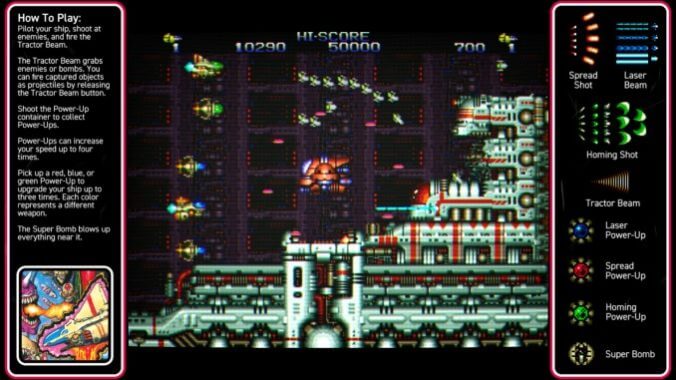
System: Arcade, Genesis, PC Engine CD
Year: 1989
Availability: Switch, PS4, Windows
You know Zero Wing as the source of a whole bunch of memes—“All your base are belong to us!” and so on—but the original arcade edition of the game didn’t have any of that. Which, honestly, makes it a little bit worse! The culprit for the infamous localization was revealed in 2012 by Toaplan mainstay Tatsuya Uemura as “a guy who was in charge of our exports at the time…his English was really terrible (laughs).”
Zero Wing is Toaplan’s other horizontal shooter, and like with Hellfire, it doesn’t hold up against most of their vertically-oriented library. Originally, it was meant as just a training exercise for new hires, but Toaplan ended up with an entire game out of that project and released it before putting horizontal shooters behind them forever. It’s a shame, in a way, as both Zero Wing and Hellfire had some nifty gimmicks, and more experience in the subgenre probably would have resulted in good things. But [checks ranking] you also can’t really argue against most of what Toaplan made post-Zero Wing, either.
13. Tiger-Heli
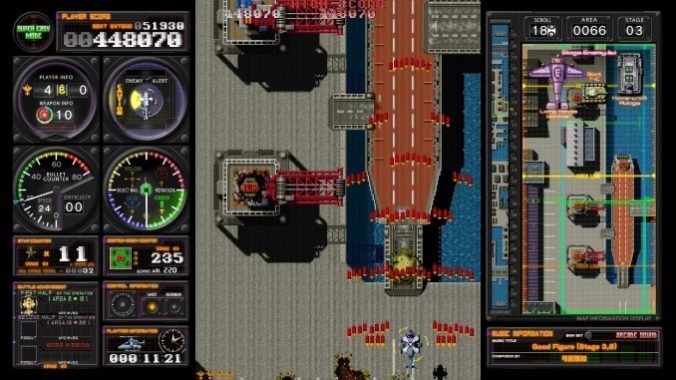
System: Arcade, NES
Year: 1985
Availability: Switch, PS4, Windows
Tiger-Heli is going to be a hard sell for a lot of people, because it feels every part of its 1985 release date. And yet… it’s just so clear about its intentions, and what it requires of the player. It’s so very Toaplan, is the thing, even as their first STG, and it’s got the juice if you’ve got the patience to squeeze it out. It is brutal, with highly accurate enemies, fast bullets, an ever-increasing firing and enemy rate, difficult-to-earn extends that force you to balance using bombs to save your life or holding onto them for post-stage bonuses—bombs that Tiger-Heli invented for shoot ‘em ups, by the way—but it is not unfair. The worst thing you can say about it, really, is that Toaplan kept making shoot ‘em ups after this one, pushing it down the list.
12. Hellfire
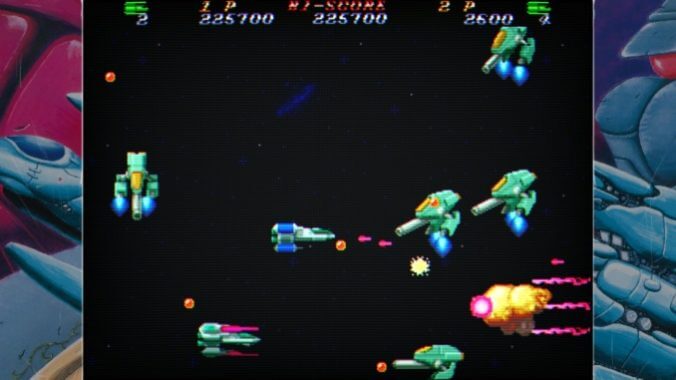
System: Arcade, Genesis, PC Engine CD
Year: 1989
Availability: Switch, PS4, Windows
Toaplan’s specialty was vertical shooters, and it showed in their pair of horizontal titles. It’s not that Hellfire is bad, because it’s far from it. You might even say that it’s good, and you should, too, because otherwise it’s not ranking ahead of Tiger-Heli. But there’s something missing here that keeps it from competing with the hori stars such as in the Gradius or R-Type or Thunder Force series, and it’s the same kind of something that Toaplan’s vertical shoot ‘em ups had over that competition. Still, Hellfire has a nifty mechanic that lets you choose to fire in front of you, behind you, above you, or below you, and it makes for some quality puzzle-y memorization that can really only work in this STG subgenre. Don’t sleep on the PC Engine CD version, Hellfire S, which added story cutscenes and an excellent arrangement of Tatsuyu Uemura’s soundtrack.
11. Daisenpuu (Twin Hawk)
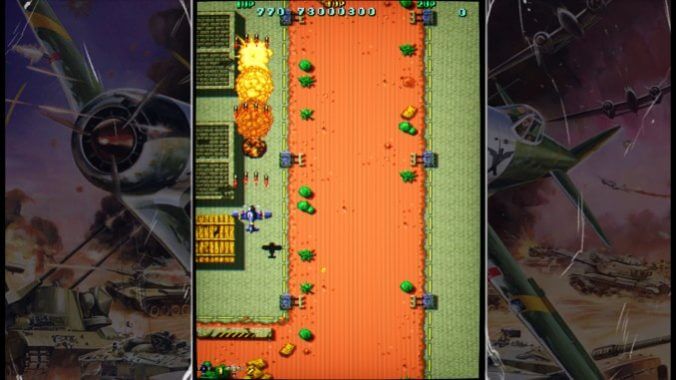
System: Arcade, Genesis, PC Engine/CD
Year: 1989
Availability: Windows
Daisenpuu marks the one instance that longtime Toaplan distributor, Taito, was specific about the kind of game they wanted instead of waiting for Toaplan to show them what they’d been cooking up, and even specified what hardware they wanted it on. Which is why it’s on the Taito X System arcade board instead of one of Toaplan’s own creations.
Daisenpuu is mistaken for being part of the Tiger series sometimes since the international release, Twin Hawk, uses the word “Twin” in it, but it’s nothing like those titles, really. For one, you fly a plane, not a chopper, in it. And, instead of bombs, you summon a whole bunch of wingmen into battle with you, which gives you a leg up on difficult foes and bosses. Until they’re all shot down and use themselves as flying bombs in a last-ditch effort to defeat their foes, anyway. It’s a very different way of playing an STG and rationing out your “bombs,” but it’s also a concept that could have used another pass in a sequel to get it at the same level as some of Toaplan’s other works.
10. Slap Fight
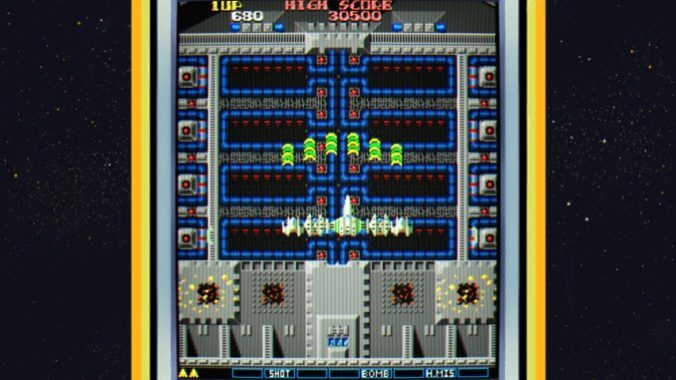
System: Arcade, Genesis
Year: 1986
Availability: Windows
Slap Fight borrowed the customizable power-up bar from Konami’s Gradius, and placed it in a vertical shooter. It also utilized a mechanic from Data East’s B-Wings, which caused your ship to grow in size every time it powered up. Given this, it’s a weird shooter, conceptually and in practice, somehow even weirder in 2024 than it was in 1986. It’s compelling, though, another game that, like Tiger-Heli, is just so well put together that it’s easier to understand than it should be why Toaplan bothered to have it ported to the Sega Mega Drive seven years after its arcade release. Slap Fight MD was a package deal that included the original as well as a new, updated version, scored by Yuzo Koshiro, and it’s also great.
9. Dogyuun

System: Arcade
Year: 1992
Availability: Windows
Toaplan’s focus, historically, was on highly refined gameplay loops that made players feel like they were the best in the world at the game they were playing. Dogyuun, instead, entered development aiming to produce the best visuals of any Toaplan game to date. Tetsuya Uemura explained in a 2012 interview that, “because we made graphics the top priority, the actual gameplay was kind of unimaginative. It was a shame we couldn’t balance both.” Now, this makes it sound like Dogyuun isn’t a lot of fun, but it truly is. It’s just less fun than it could have been if that balance had been better met. It has some fascinating weapons that all have distinct situational usefulness—you might wonder why you could need two different kinds of homing lasers in one game, but believe me, you do—while making you choose between having a single-use bomb and the ability to dash a space fighter out of harm’s way as much as you want. Or! Skip both and kidnap a small enemy ship with a tractor beam located behind you instead. Well, okay, not all of the ideas are great ones with obvious use cases, but that dash is pretty nifty and different, at least.
-

-

-

-

-

-

-

-

-

-

-

-

-

-

-

-

-

-

-

-

-

-

-

-

-

-

-

-

-

-

-

-

-

-

-

-

-

-

-

-

